April 22, 2025 | 18:34 GMT +7
April 22, 2025 | 18:34 GMT +7
Hotline: 0913.378.918
April 22, 2025 | 18:34 GMT +7
Hotline: 0913.378.918

The sharp increase in the price of animal feed has caused many difficulties for producers. Photo: Tung Dinh.
Chairing the conference, deputy Minister of the Agriculture and Rural Development (MARD) Phung Duc Tien stated that: “In the current very complicated COVID-19 pandemic, commercial activities are affected by many supply chain failures while the threat from the other epidemics still exists for the livestock and aquaculture industries.”
Tien said: "For example, African swine fever still appears in small outbreaks while the H5N6 flu is still found in poultry. Although those mentioned not a major impact, but without timely measures and vaccines for them, they will cause difficulties to the local production,” adding: “ It is not to mention the disease in shrimp, fish, mollusks due to the effects of climate change. "
Tien also said the markets have changed a lot and local producers must innovate and apply technology to meet the buyer's needs such as traceability.
Besides, he emphasized the rising feed prices to another 20-30 per cent higher than average, was leading to higher prices for the productions in Vietnam.
Tran Dinh Luan, general director of the fisheries department, MARD said, the feed accounts for about 50-70 per cent in the structure of aquaculture production costs, adding: “Therefore, it is a very sensitive factor when price volatility. It will increase production costs, increase risks to the fisheries sector and reduce the competitiveness of aquatic products of Viet Nam.”
Luan said: “Previously, even when the feed prices did not increase, the cost of seafood production in Vietnam was already higher than some countries in the region. Therefore, the fisheries department is working with businesses and industry associations to find solutions to minimise the impact of increased feed costs on the production efficiency of the fisheries sector in 2021.”
Some solutions such as increasing the transfer and application of science and technology to reduce production costs are being deployed to help change the difficulties while better management will help reduce risks by monitoring and forecasting the weather environment, helping people proactively prevent bad situation in their work.
Luan said: “The fisheries industry is applying technology to increase the survival rate, increase the growth rate, and optimize the biological ability of aquatic products. In addition, the research and application of biotechnology to reduce feed costs in production and change the feed conversion ratio twill save money and reduce costs.”
Feed businesses were also asked to strengthen links, reduce intermediaries so that selling prices reach the breeders' hands, accompanying farmers during this time.
According to Luan, businesses should approach through cooperatives to directly provide materials to the farmers as well as strengthen links and transfer technology between them.
Meanwhile, Nguyen Xuan Duong, acting director of the Department of Livestock Production, said that the price of animal feed is having a great impact on the poultry industry, while the price of eggs and meat was falling, causing farmers with lots of hardness.
Duong also said there was risk herd size reduction due to the inability to sustain the supply will decrease in the second and third quarter of 2021.
He considered businesses providing animal feed should share with the people, limit price increases during this period as solutions Meanwhile, breeders try to maintain the scale and increase herds to meet the needs in the last quarters of the year.
Talking about the solution of reducing the price of animal feed, Deputy Minister Phung Duc Tien said that the Ministry of Agriculture and Rural Development would review a number of unresolved mechanisms and policies to submit to the Government a tax reduction on some imported materials such as maize and wheat, core materials for feed.
"At the same time, the ministry will suggest feed manufacturers need to maximize domestic raw materials that can replace imported sources, reduce production costs to lower prices of animal feed. finished products, keeping them at a reasonable level," the deputy minister said.
Duong said in the coming time, the livestock industry will perfect the system of standards and technical regulations on breeds, feed, environment and breeding conditions; especially, building a national database of livestock industry, national identification codes for livestock farms, product traceability in series and guide localities to implement the Law on Livestock Production.
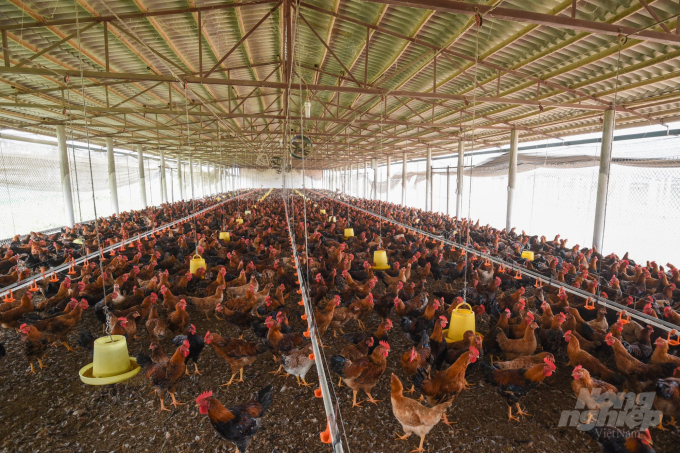
Deputy Minister Phung Duc Tien mentions solutions for high animal feed prices. Photo: Tung Dinh.
Regarding seafood, director general of fisheries Luan said that the main difficulties for seafood sector were the interrupted export activities due to the closure of the border, fast food restaurants, the delay of shipping. They have caused orders canceled or or postponed their delivery timed while some customers refused to take new orders.
In such a situation, Tien still assigned the directorate of fisheries to achieve an output of 8.6 million tonnes of aquatic products and exporting turnover of US$ 8.5 billion in 2021.
To achieve this result, Luan said that the fisheries sector will continue to strengthen links in production to access the supply of quality inputs. He also requested the Department of Science, Technology and Environment and research institutes to coordinate with businesses to research, find technological solutions and alternative raw materials to replace scarce materials rare and high cost to actively produce.
In addition, the Directorate of Fisheries continued to actively coordinate with other partners remove technical barriers to maintain traditional markets as well as develop new markets for seafood consumption, said Luan adding they would do more analysis and forecast of the market in order to promptly regulate domestic production.
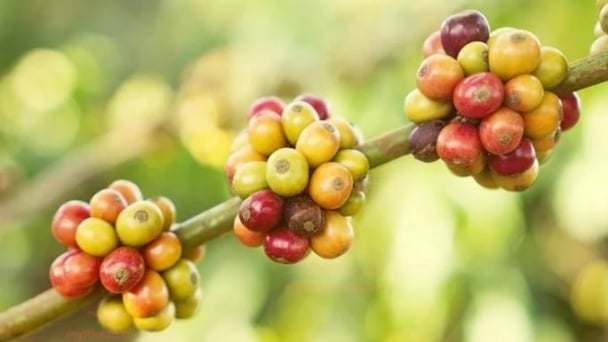
(VAN) Coffee prices on April 22, 2025, continued to decline globally. Domestic market dropped by VND 500, with prices falling to VND 128,500–129,200/kg.
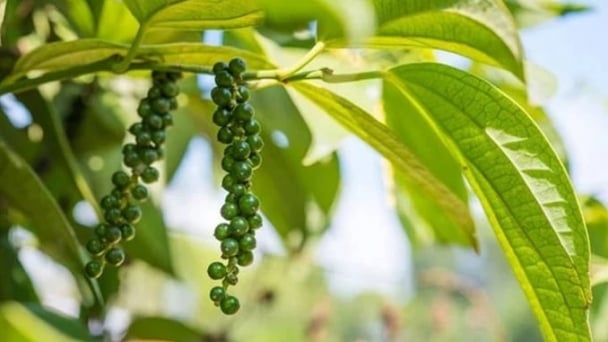
(VAN) Pepper prices on April 22, 2025, remained unchanged globally. Domestic pepper prices declined by VND 500–1,000, trading at VND 154,000–155,000/kg.
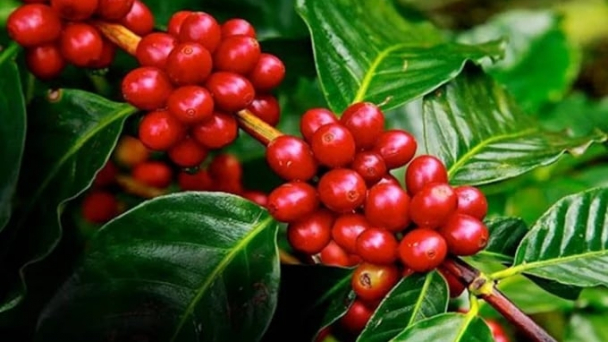
(VAN) Coffee prices on April 21, 2025, remain flat globally. Currently, the domestic coffee market is holding steady in the range of VND 129,000–129,700/kg.
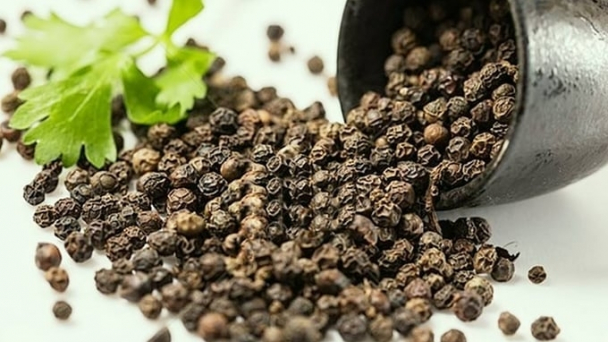
(VAN) Pepper prices on April 21, 2025, remain flat across the board. Currently, domestic pepper prices continue to trade in the range of VND 155,000–156,000/kg.
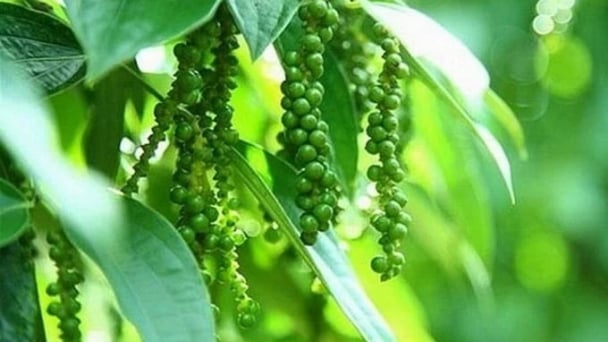
(VAN) Pepper prices on April 18, 2025, remained flat globally, domestic prices rose slightly by VND 500 in Gia Lai, trading at VND 157,000–159,000/kg.
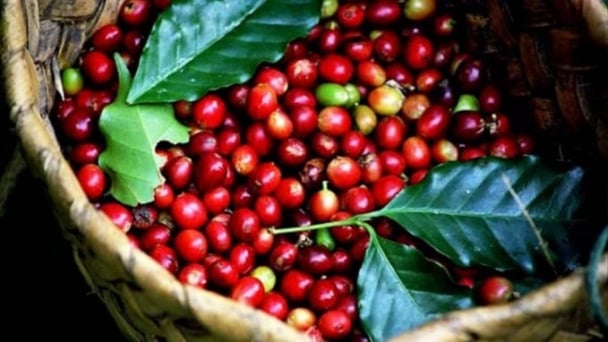
(VAN) Coffee prices on April 18, 2025, declined globally. Domestic prices edged up slightly by VND 200, trading in the range of VND 132,700–133,800/kg.
/2025/04/17/0439-0-093912_377.jpg)
(VAN) Following the U.S. Government's decision to temporarily postpone the imposition of reciprocal tariffs, coffee prices have continuously increased sharply and are expected to continue rising in the near future.